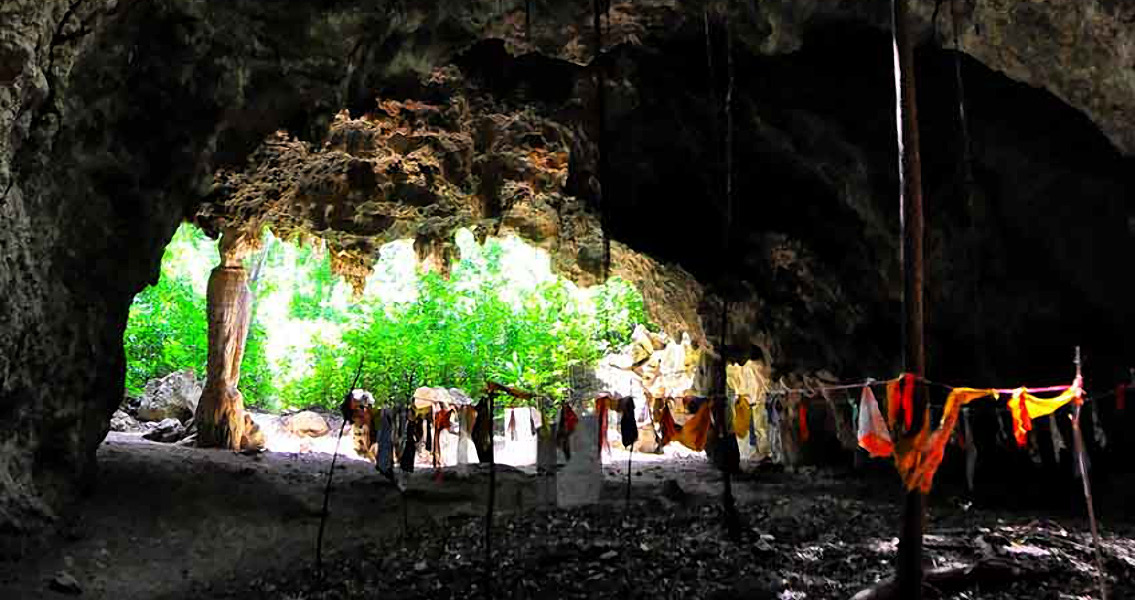<![CDATA[Newly published research finds that bone technology, the use of bones in tool and weapon making, was present in eastern Africa around 13,000 years ago, right alongside the understanding of poison and how, if you put the two together, you can hunt much larger animals. The research team analyzed seven bones (five projectile points, an awl, and a notched tube) recovered from Pleistocene deposits at Kuumbi Cave, in Zanzibar, and based on their comparison of these bones to bone tools discovered across the Sub-Saharan region they concluded that bone technology was part of Stone Age man’s life in eastern Africa, just like it’s shown to have been in southern Africa. A majority of the artifacts evident of bone technology have been discovered in southern Africa, with the most recent findings determining that bone-tipped arrows (shot from a bow) were in use over 60,000 years ago. Additionally, hunting with “poisoned arrows” on the African continent was being done more than 24,000 years ago. Artifacts and other evidence of bone technology from eastern Africa however, have been elusive. That poison had been applied to the point of the bone projectiles is supported on several fronts: first, the arrowheads are short and slender, making them inadequate to directly kill larger animals; secondly, charcoal previously discovered in the cave, that came from the Mkunazi plant, the fruit of which is poisonous; finally, the fauna remains found in the cave belonged to animals much larger than the animals the relatively small arrowhead could have been used to hunt. The faunal remains found in the cave included zebra, waterbuck, buffalo, bushbuck and common reedbuck (none of which are found on Unguja today) and they all weighed well over 40 kg when alive. By utilizing the poison, the Stone Age hunters were able to hunt the prey which inhabited their surroundings. Kuumbi (which means Great Hall) Cave is one of several caves lying under a set of marine terraces composed of Pleistocene limestone on the island of Unguja, part of Tanzania’s, Zanzibar archipelago. Earlier excavations found that the cave was inhabited at least 22,000 years ago. Further radiocarbon testing indicated the cave had been more recently occupied -- from approximately 2800 BCE until year 0. Evidence of maritime trading dating back to 3,000 BCE has also been found. The cave consists of two large chambers and numerous smaller galleries, dissolution cavities formed over thousands of years. Used as a hiding place by slave traders and for other nefarious maritime activities, Kuumbi cave, and the others with it, have a colorful history. It still acts as an important shrine to the ancestral spirits venerated by the local population and is visited frequently. It’s also one of the island’s primary sources of fresh water The research team, directed by Dr. Michelle Langley with the Australian National University, published their findings in the journal Azania: Archaeological Research in Africa. ]]>
Hunting Smarter Not Stronger, Stone Age Man Used Poison
